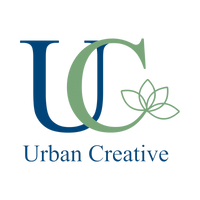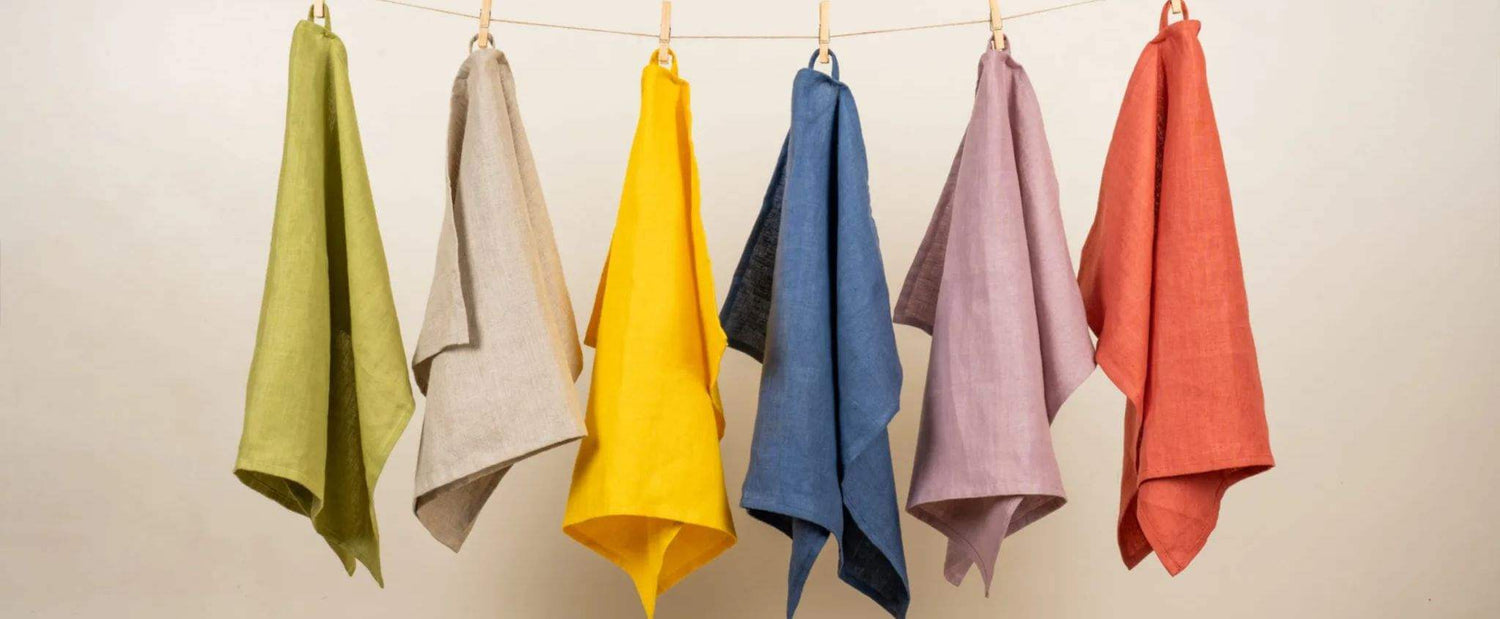Sustainable Textiles
Sustainable fabrics or textiles refer to fabrics that use raw materials, cultivation methods, manufacturing processes, maintenance and end of life disposal that are both earth and people friendly.
These can be textiles made from natural plant based fibers (cotton, hemp, jute or linen), recycled synthetic fibers or cellulose pulp based fabrics such as lyocell that use closed loop manufacturing processes.
Fair wages and safe working environments for farmers and workers, Non polluting and low carbon footprint manufacturing process, durability, ease of use and care and end of life biodegradability all need to be accounted for before we call a fabric sustainable.
At Urban Creative we have chosen to work with natural plant fiber based textiles that are truly sustainable. The three primary fabrics that we work with are cotton (GOTS certified as far as we can) , indigenous Kala cotton and Hemp. The textiles we use are dyed with natural plant based dyes or AZO free dyes only that have minimal negative impacts on water and soil.
To know more about our sustainable textiles , dyes and printing processes read our FAQ section below.
Frequently Asked Questions
GOTS certified organic cotton
What is the difference between organic cotton and conventional cotton ?
While conventional cotton is grown mostly using genetically modified cotton seed varieties ( such as BT cotton ), Organic cotton is grown with non genetically modified seeds, using indigenous seed varieties.
Modern day cotton grown conventionally is one of most resource intensive crops consuming large quantities of water, fertilisers, pesticides and energy.
Organic cotton is grown from locally-adapted varieties which are tolerant of pests using legume-based crop diversification, crop rotations, and intercropping to maintain soil health with use of organic sources of fertilizer and pesticides. Water consumption is also significantly lesses than conventional cotton
What is GOTS certification for cotton fabric ?
GOTS is the worldwide leading textile processing standard for organic fibres, including ecological and social criteria, backed up by independent certification of the entire textile supply chain. GOTS certified final products may include fibre products, yarns, fabrics, clothes, home textiles, mattresses, personal hygiene products, as well as food contact textiles and more. ( Source : https://global-standard.org/the-standard)
Kala Cotton
What is Kala Cotton ?
Kala cotton is an old-world indigenous cotton variety from Kachchh, Gujarat, India and is by nature sustainable and organic, being cultivated without the use of pesticides and synthetic fertilizers. It is a purely rain fed crop that has a high tolerance for both disease and pests.
Known originally as Wagad cotton it was branded as Kala Cotton in 2010-11.
The name ‘kala’ means cotton pod — the core of the cotton.
Which of the Urban Creative products use Kala cotton ?
Our range of bento bags, travel cutlery wraps and a selection of our kitchen towels are made from Kala cotton.
Hemp
What is Hemp fabric ?
Hemp is one of the oldest fabrics used by humankind, having been around for more than 5000 years and is now slowly making a comeback.
Hemp fabric is made using fibers from the stalks of the Cannabis sativa plant.
What is the advantage of hemp fabric over other natural textile fabrics like cotton ?
Hemp fabric is 4 times more absorbent than cotton and has 3 times the tensile strength.
Hemp is one of the most sustainable fabrics available today. The hemp crop is fast growing and extremely resilient, requiring no pesticides and very little land and water for cultivation. It not only renews the soil but also prevents soil erosion. The production of hemp is also carbon neutral to carbon negative which means that it absorbs more carbon from the atmosphere during its growth than is emitted by the equipment used to harvest, process and transport it!
Extremely breathable, these are also naturally antimicrobial and anti fungal making them an ideal choice for kitchen linens.
Which of the Urban Creative products uses Hemp fabric ?
A selection of our range of aprons and kitchen towels are made from 100 % hemp fabric which is naturally anti-microbial and anti-fungal. The texture of the hemp fabric we useis very similar to flax linen fabric.
Natural and Plant Based Dyes
What are natural and plant based dyes ?
Natural dyes are colour pigments that can be categorized into three types based on their source : Plants, minerals and animals. At Urban Creative we use only natural dyes sourced from plants and minerals. A few common plant based dyes are sourced from Indigo, madder root, turmeric, pomegranate rind, marigold, onion skins and henna.
Common minerals that are used in dyeing include Iron ( ferrous sulphate) and potassium permanganate
Natural dyes also often need the use of mordants for fixing colours that include alum, Iron Acetate and Myrobalan
What are the advantages of Natural and plant based dyes over synthetic dyes ?
Synthetic dyes are most often sourced from petroleum based products and can contain AZO compounds (Nitrogen or Azote) and heavy metals that are highly toxic. Not only are AZO synthetic dyes toxic, but they are not biodegradable and the dying process is extremely polluting and harmful for workers in the textile dyeing industry.
Plant and mineral based dyes are easily bio degradable and the dyeing process is a lot less polluting. Newer sustainable dyeing techniques have reduced the negative environmental impacts of natural dyeing considerably.
Which of the Urban Creative products use natural and plant based dyes ?
We use natural and plant based dyes for the organic cotton fabric used in our beeswax food wraps, our kitchen linen as well as in of furoshiki fabric gift wraps.
What are the limitations of using natural and plant based dyes ?
Plant based dyed fabrics are generally not as colour fast as synthetic dyes and the colours obtained are in a muted palette. One cannot achieve very bright shades with natural dyes.
AZO free Dyes
What are AZO free dyes ?
AZO free dyes while synthetic in nature are free from harmful and toxic nitrogen- based AZO compounds. AZO based dyes have known carcinogenic amines and are harmful to people as well as the planet.
AZO free dyes are however not bio-degradable.
What are the advantages of AZO free dyes over other synthetic dyes ?
Unlike AZO dyes, AZO free dyes are non toxic and are much less polluting during the dyeing process.
What are the advantages of AZO free dyes over Natural and Plant Based dyes ?
AZO-free dyes are color fast unlike natural dyes which tend to fade with repeated washing. AZO-free dyes also have a much larger color palette.
Which Urban Creative Products use AZO free Dyes ?
We use AZO-free dyes to color our hemp fabric based products.
What are the limitations of AZO free dyes ?
AZO - free dyes, while being non-toxic and a sustainable alternative to traditional AZO based dyes are still synthetic in nature and are not bio-degradable. Plant based and natural dyes on the other hand are the most eco-friendly and sustainable option among fabric dyes.


